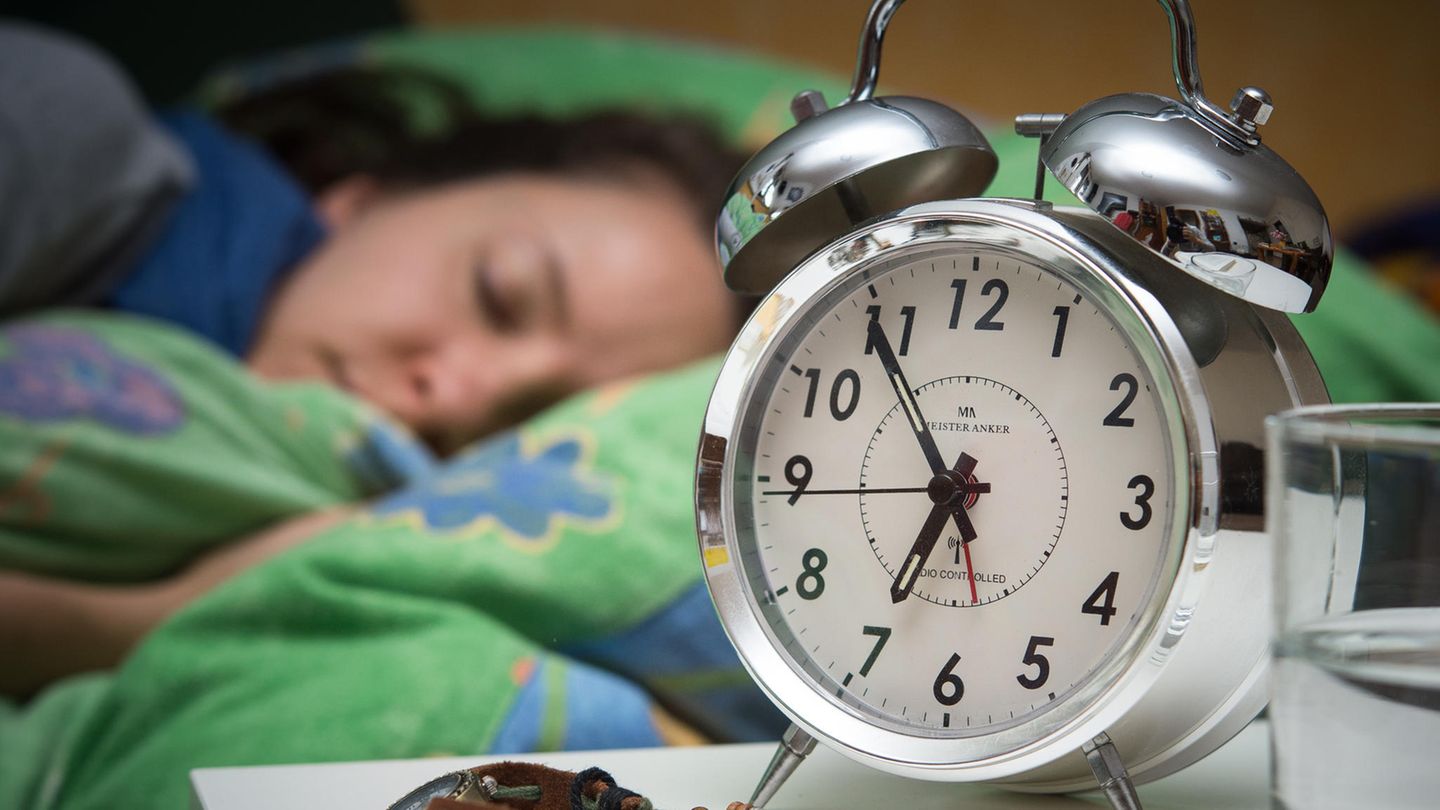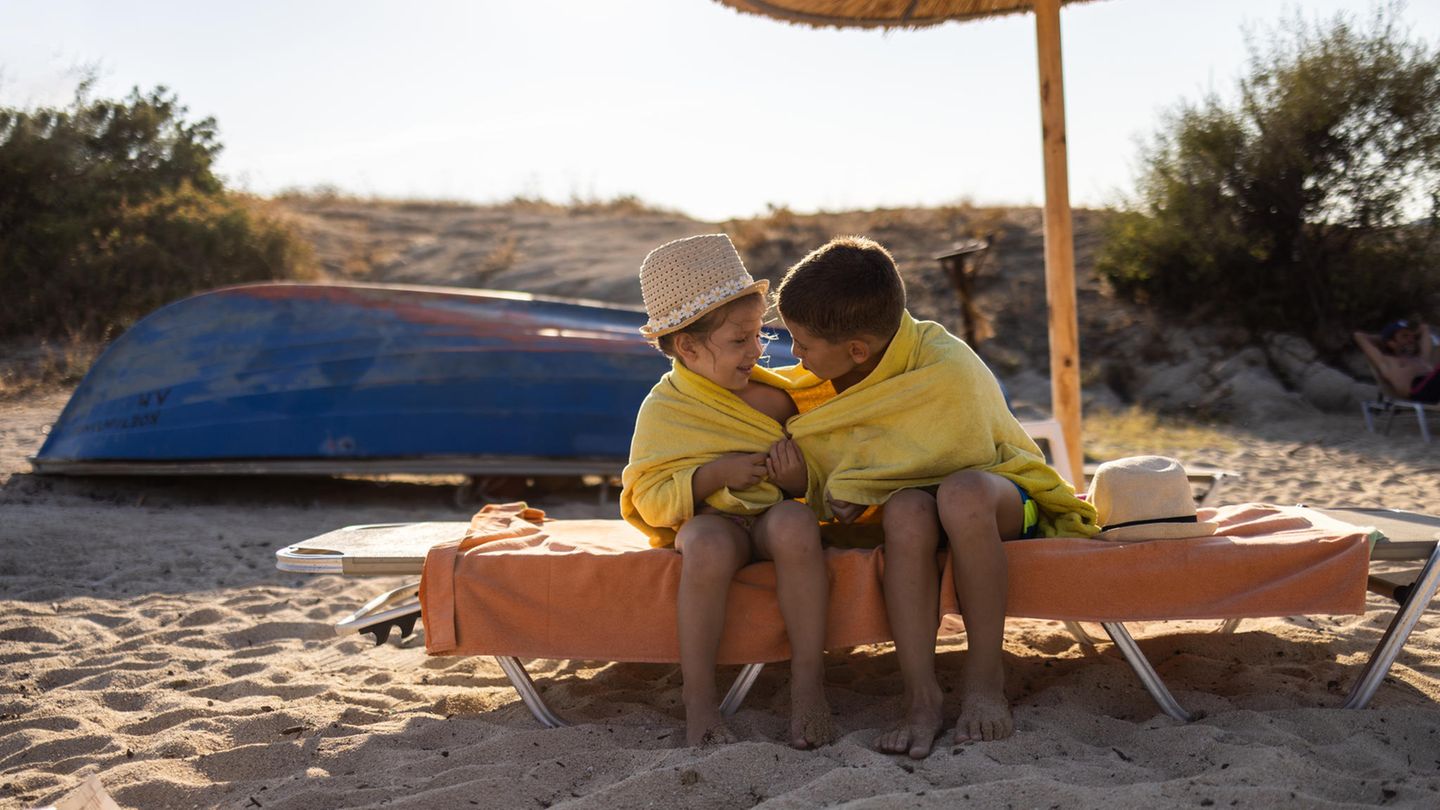I’m Caroline, a journalist and author for 24 Hours Worlds. I specialize in health-related news and stories, bringing real-world impact to readers across the globe. With my experience in journalism and writing in both print and online formats, I strive to provide reliable information that resonates with audiences from all walks of life.
Menu
Why sun protection is particularly important for children
Categories
Most Read
When was the last time you were grateful?
October 24, 2025
No Comments
Lumbar cushion: The back support for office chairs and car seats
October 23, 2025
No Comments
Make your own soap: instructions and recipes
October 22, 2025
No Comments
Nail biting: How to break the habit
October 20, 2025
No Comments
Time change 2025: Why are we still turning the clock?
October 18, 2025
No Comments
Latest Posts

Time change 2025: Shouldn’t this be abolished?
October 24, 2025
No Comments
Winter time Why the time change has still not been abolished Listen to article Copy the current link Add to watchlist The clock is turned

Railway board: Ex-steel manager takes over rail freight subsidiary DB Cargo
October 24, 2025
No Comments
AngelicaI am an author and journalist who has written for 24 Hours World. I specialize in covering the economy and write about topics such as

Real blue: how much does it operate at this Friday, October 24
October 24, 2025
No Comments
October 24, 2025 – 12:47 The minute-by-minute quote for the purchase and sale of the Brazilian currency in our country. He royal blue operates at
24 Hours Worlds is a comprehensive source of instant world current affairs, offering up-to-the-minute coverage of breaking news and events from around the globe. With a team of experienced journalists and experts on hand 24/7.

